By Susanne von Rosenberg, UC Master Gardener of Napa County
It's the middle of October, we haven't had any rain yet, and I'm working on and thinking about my spring vegetable garden. How can that be?
First of all, the middle of October is more or less the latest time that you can get some cool- season vegetable seedlings into the ground. Most of them, such as the brassicas (broccoli, cauliflower, Brussels sprouts and kale), will not mature before the cold weather sets in. However, they will get a head start in becoming established, develop a strong root system and reward you with rapid growth as soon as the days lengthen and warm up in the spring.
You can still get in one more round of some leafy crops such as fast-growing lettuce or Asian greens. Even if they don't get as big as they would if we had more sunlight and warmth, they will still form a harvestable crop by mid- to late November. Make sure that you protect your little darlings from birds and other critters. At this time of year, anything green and juicy is appealing to wildlife.
Another part of planning for my spring vegetable garden is deciding where to put those October vegetable starts. That means deciding which of my summer crops are ready to come out. This is a good time of year to harvest the last of your tomatoes and cut the plants to the ground or remove them. Tomatoes that ripen later are generally not very tasty and also more likely to succumb to diseases.
Similarly, my pole beans are largely exhausted and ready to be removed. I can't take out all of my squash plants yet because a few are still ripening fruit. However, those that have yielded enough or have only very immature fruits are also coming out. By the way, you can treat those very young winter squash like summer squash; they are edible and tasty.
Because I'm a great fan of cucumbers, I usually coax my cucumber plants as far into the fall as I can. You may also have vegetables that you just really don't want to let go of. That's part of the planning process as well. If you're saving seeds for next year, remember to do that before you remove the plants.
Not all of my summer vegetable plants have to come out at the same time because I don't need all that space for planting. The areas that I'll be planting next spring are great candidates for growing cover crops right now. I like to use fava beans, which are easy to plant. You can eat the young leaves (steamed like spinach) and the flowers (fun in salads), and you can leave some of the flowers to develop into fava beans. I usually like to let the plants mature in those areas where I'll put warm-season crops in late April or May.
Another thing I like to do in the fall is to refresh my vegetable beds, if needed. I have hardware cloth (often referred to as gopher wire) underneath all of my vegetable beds. This year, the gophers broke through in one bed and took out my acorn squash and mini pumpkins.
The other aspect of my spring-garden planning is determining what to plant where and when. I figure out when I need to plant various seeds or seedlings so I can harvest a crop around a certain time. Then I plot where I want to put those plants. I always rotate crops. It's important not to grow plants from the same family in the same spot every year. Crop rotation helps control pests and diseases and also helps balance the nutrient demand in the garden.
Once I know where those plants are going and when, I can decide where to put cover crops and which ones I'll leave in place to harvest. Then I check my seed supply. I make sure that I have the ones I want and that they are fresh enough to use. Some seeds, like lettuce seeds, don't last long, so it's best to purchase new seed ever year. I don't know anyone who plants a full packet of lettuce seeds every year, unless they are growing them as baby lettuce. If you know you won't need all those seeds, consider sharing with friends.
Most brassica seeds, as well as summer vegetable seeds such as tomatoes, squash, melons and beans, are viable for two years. When seeds get too old, they don't sprout as well, and even if they sprout the plants they produce won't be as vigorous. By knowing which vegetable seeds I need, I can order early to make sure I get the seeds I want and they arrive on time.
As you can see, even though the warm weather is winding down, there is still a lot going on in the garden.
Food Growing Forum: Last Sunday of the month through October. Register to get Zoom link at: http://ucanr.edu/foodgrowingforum2020
Sunday, October 25, 3 pm to 4 pm, “Planting Onions, Leeks and Other Alliums and What Else to Do Now”
Napa Library Talks: First Thursday of each month. Register to get Zoom link. http://ucanr.edu/wildlifehabitat2020
Got Garden Questions? Contact our Help Desk. The team is working remotely so please submit your questions through our diagnosis form, sending any photos to mastergardeners@countyofnapa.org or leave a detailed message at 707- 253-4143. A Master Gardener will get back to you by phone or email.
For more information visit http://napamg.ucanr.edu or find us on Facebook or Instagram, UC Master Gardeners of Napa County.
Attached Images:
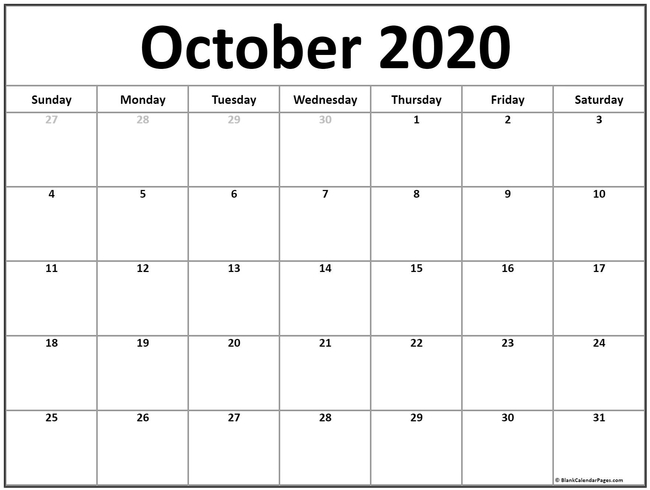
It's Oct 2020. (blankcalendarpages.com)
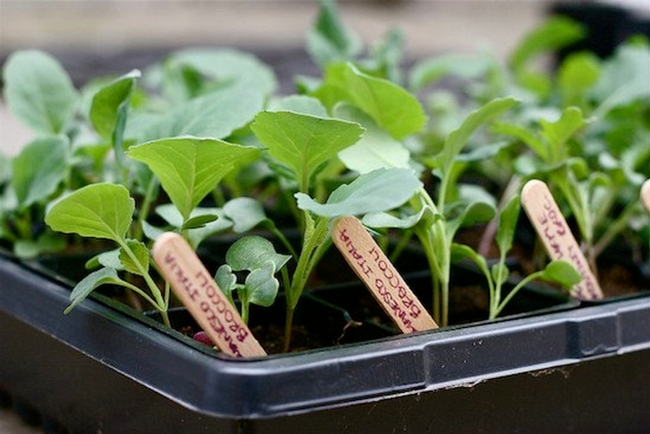
Broccoli seedlings. (organicauthority.com)
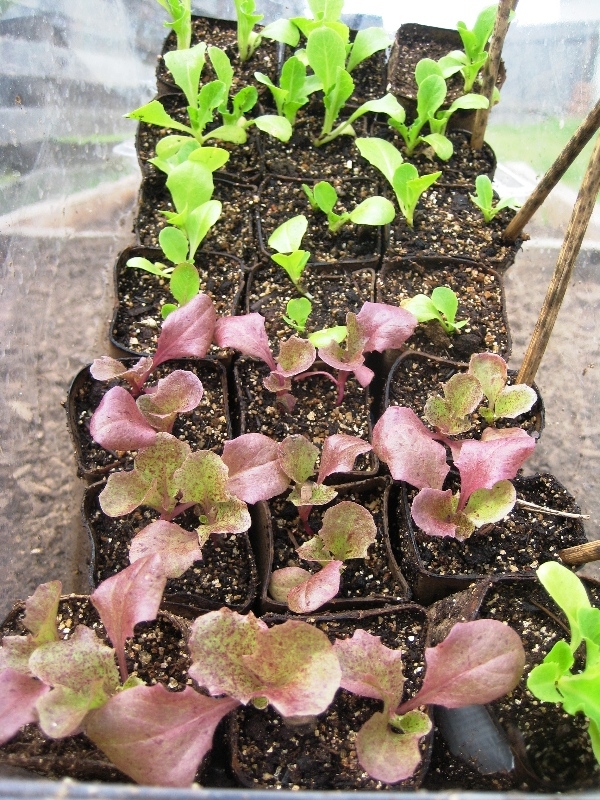
Lettuce starts. (roundrockgarden.wordpress.com)
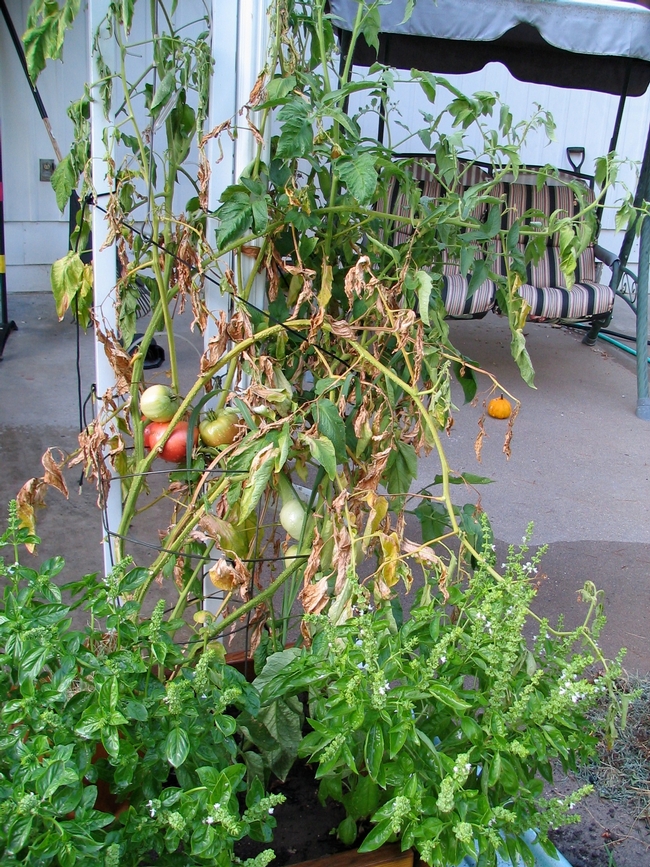
Time to shovel prune. (jimmycrackedcorn.wordpress.com)
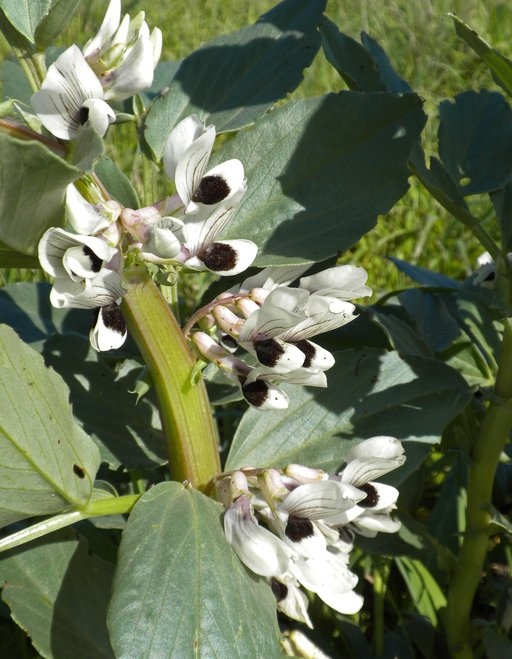
Fava beans as cover crop. Bees like them, too. (calphotos.berkeley.edu)
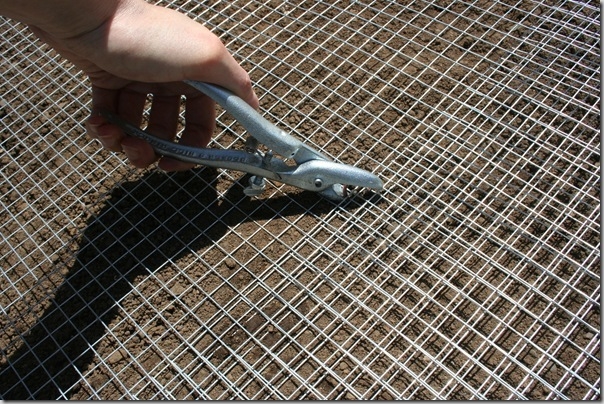
Hardware cloth, be sure to overlap edges. (northcoastgardening.com)
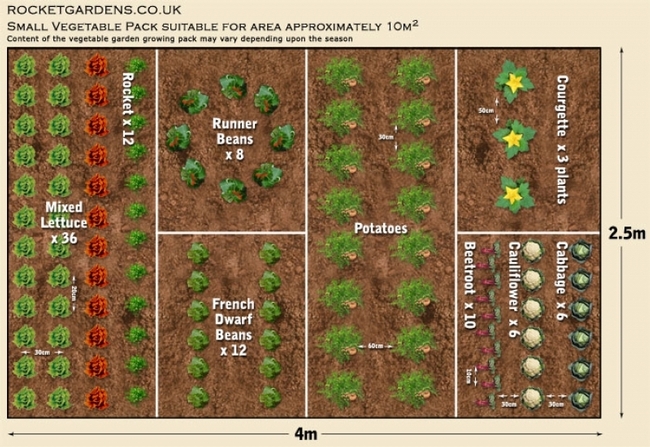
Vegetable planning. (morning chores.com)
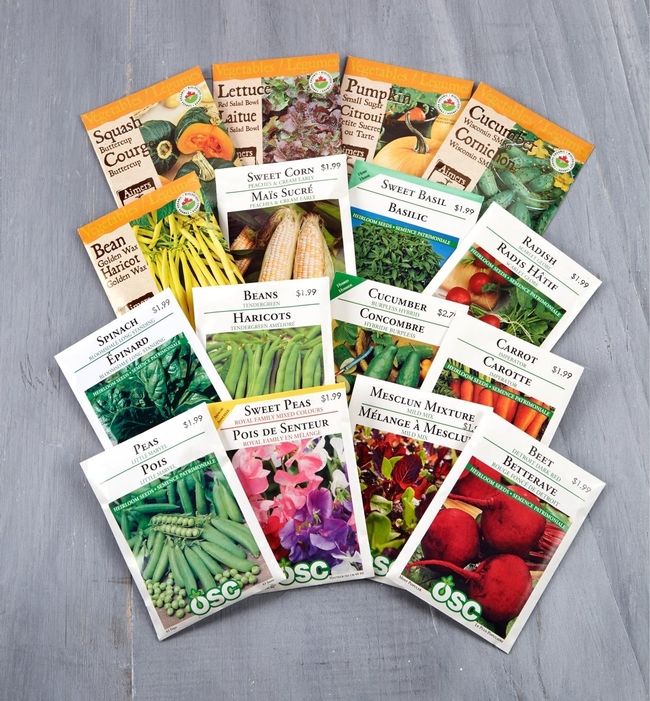
Seeds have a use-by life. (leevalley.com)